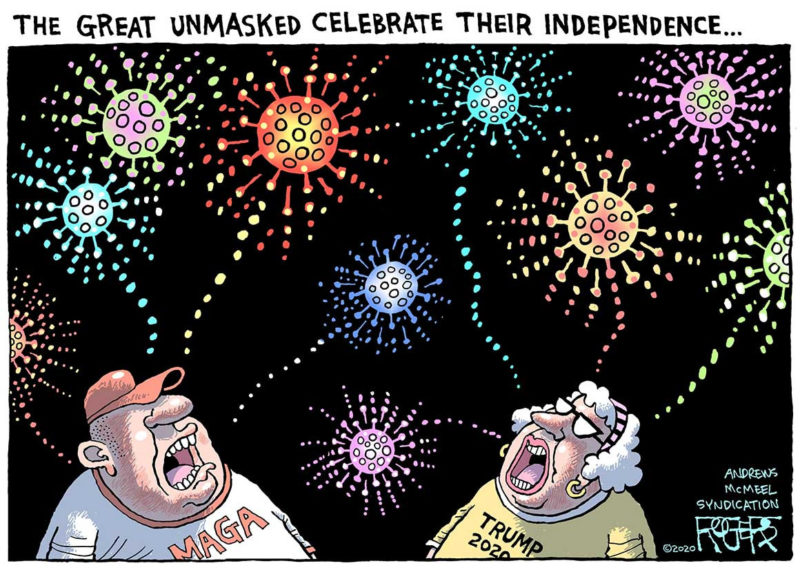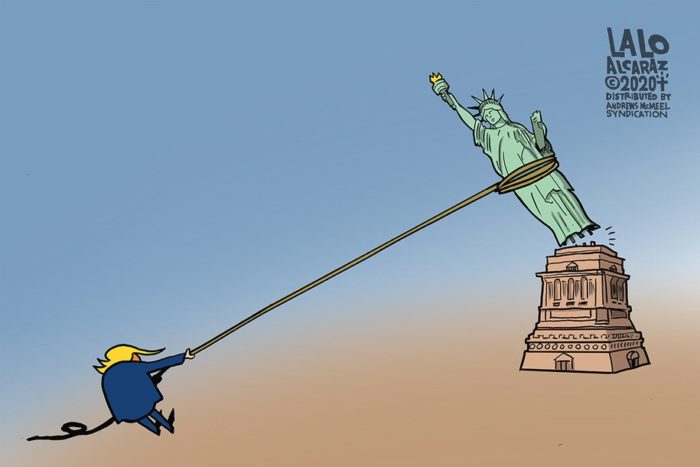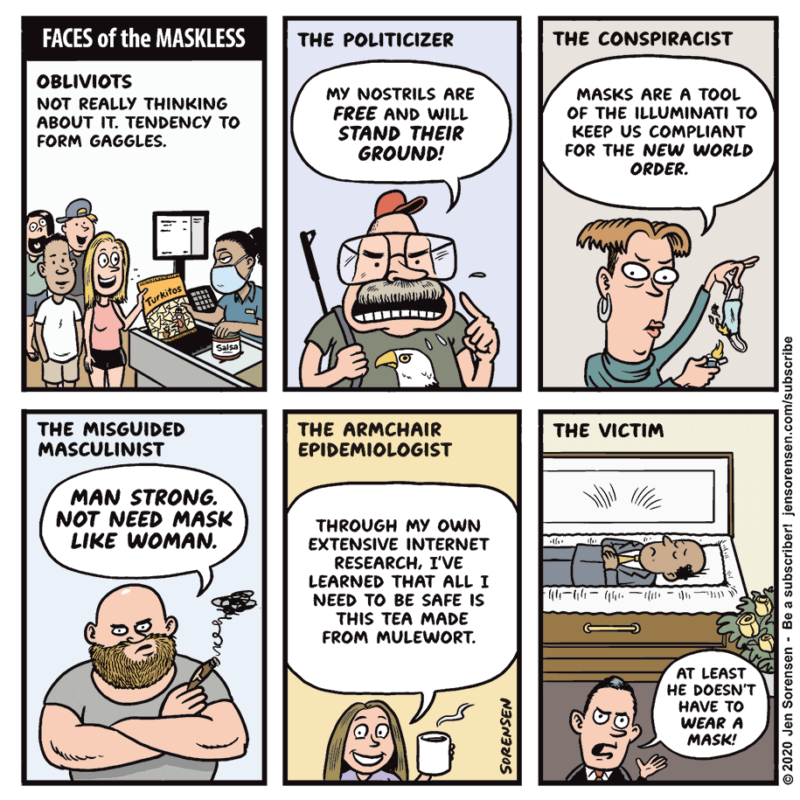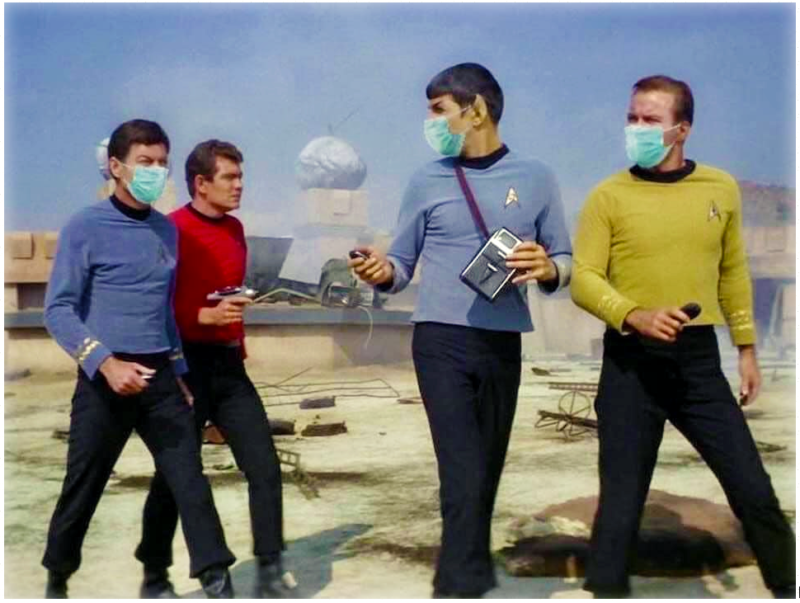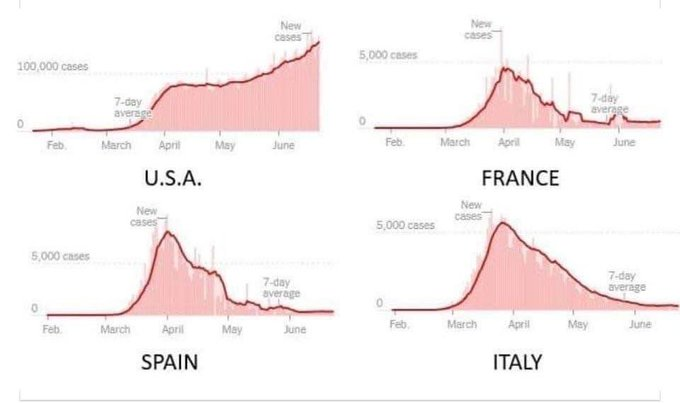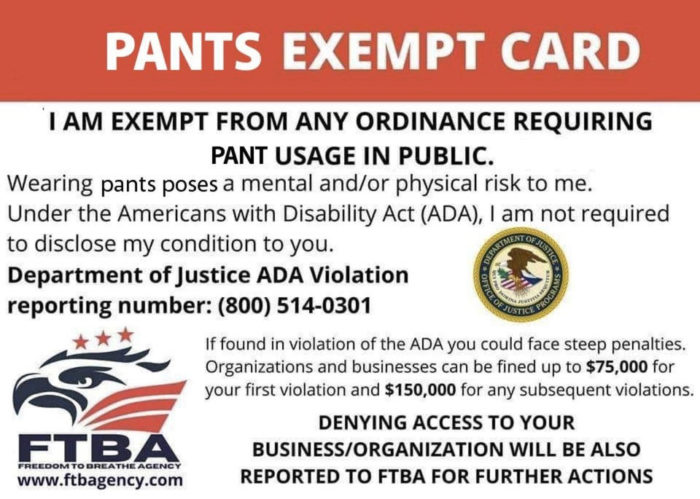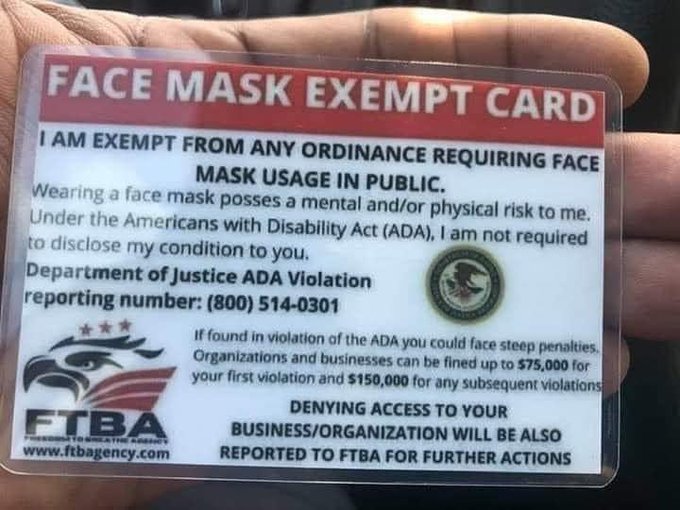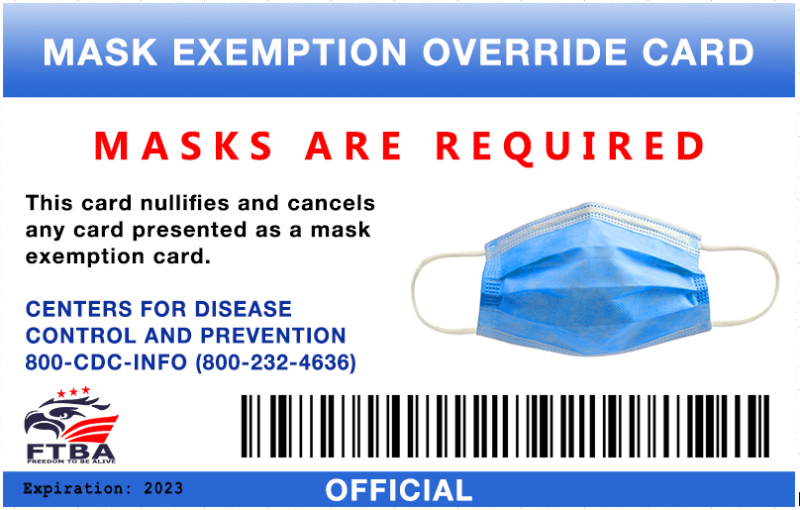Like many people, I’m curious what the future will look like after we spend a few years fighting the novel coronavirus into some kind of submission. Andy Slavitt, who was the Medicare, Medicaid, and ACA head for president Obama, talked to three scientists and came away with the conclusion “There is a Light at the End of the Tunnel“. Originally posted as a series of tweets, here it is all gathered together into a single story:
I spent the last 24 hours with three scientists, all of whom have seen vaccine data, two of whom are former regulators, all of whom have opinions. My core question was: What is the world going to look like in three years? (But I asked other things as well.)
I’ll start with a slew of good news.
The vaccine data from Oxford (being run in Brazil) looks strong. No real safety issues so far. Gives people the antibodies. People are getting it post-Covid-19 and some will get it in a challenge trial.
What “works” means, and for how long, and for whom is less clear. But probably more like a flu vaccine (40%?) versus MMR (97%). There will be multiple vaccines after the first expected in the Fall. Each likely progressively better.
The monoclonal antibody therapy is also very exciting. Maybe even more so than a vaccine. If you get infected, it’s another way to confer immunity and prevent the infection from advancing.
Therapy trials are easier and quicker than vaccine trials. There’s frustration that some vaccine trials are moving too slowly and developers are not sharing data other than in press releases. That’s something people can advocate for.
Everyone — and I can’t emphasize this enough — was a huge proponent of masks. Efforts to invalidate masks were considered absurd.
The reason I mention these things is that the principal thing I learned is that the future will be defined by all of these things in combination: vaccines, therapies, masks, and other human interventions.
Mutations yes, but there wasn’t much concern that vaccines could keep up. Also, viruses become less deadly over time and there is cross-immunity and other potential.
T-cells are more important and less understood than antibodies.
What is the FDA’s hurdle for approving an Emergency Use Authorization? Safety and a 50% or greater chance of improvement.
In six months or so, so far science is doing as well as our leaders are doing poorly.
The future is always murky but given what I heard I asked: So, optimistic about reducing lethality but not eradication? Basically that’s what it sounded like. Yes, there will be a new normal.
What’s in this new normal? Will I be able to hug my mother? The answers landed on “I hope so.” But no promises.
Will people wear masks in the future? Hope that we are more like Asia where this becomes a norm, particularly when people are sick.
Crowds, arenas? Take it slowly. Masks and immunity and digital apps will help. But people will be taking risks. Antibody therapies could make catching the coronavirus less deadly and therefore a more acceptable risk.
What will the time before a vaccine look like? Crappy. Horrible response in the U.S. Way too many unnecessary deaths. Fall will be awful.
Chance that the early vaccines turn out to be unsafe or don’t pan out? Possible but low.
Will people be able to trust what they hear from the FDA or Trump administration? It’s an issue. Will you? Likely. Will look at the data. Would you take a vaccine? Depends on the data. Expect there to be data before approval? Yes. Will you speak out no matter what? Yes.
This felt like a realistic glimpse into the future: continuously better. Not one dramatic moment. No “life before vaccine” or “life after vaccine.” But gradual changes.
The major takeaway. There absolutely is a light at the end of the tunnel even if it’s hard to see sometimes. Even if our leaders have made this harder. Even if it’s very dispiriting.
The hard things will pass if we’re patient (which is hard) and pass more quickly if we make tougher decisions. I know the marathon is harder to run when you don’t know what mile you’re at. But if you count on and help others, I view it better as a relay race.

